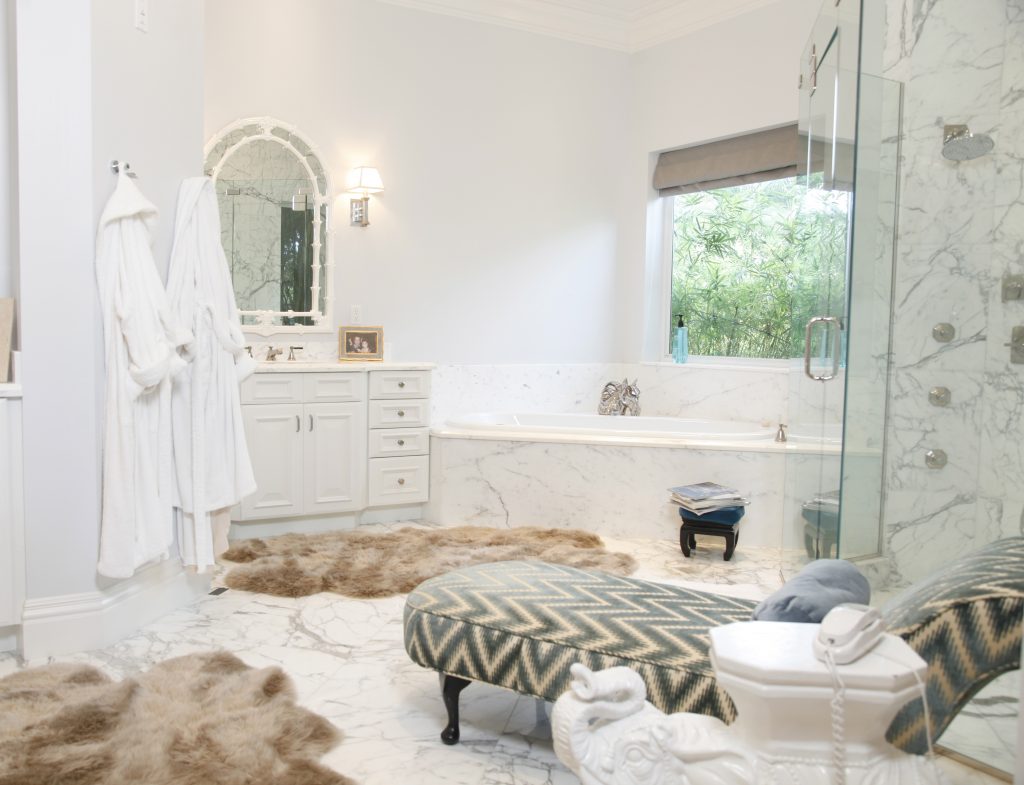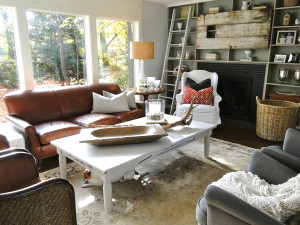 Recently I did an interview for Ivy Mark, a cloud based business management tool for interior design professionals. I was asked a gamut of questions from my own personal journey to how Feng Shui has evolved to how it can help interior designers and more. Here are some of the questions and answers from that interview that clear up misconceptions about Feng Shui and specific ways you can tap into these principles to enhance your own space.
Recently I did an interview for Ivy Mark, a cloud based business management tool for interior design professionals. I was asked a gamut of questions from my own personal journey to how Feng Shui has evolved to how it can help interior designers and more. Here are some of the questions and answers from that interview that clear up misconceptions about Feng Shui and specific ways you can tap into these principles to enhance your own space.
Laura – you are a holistic lifestyle expert. What life experiences brought you on this journey to draw connections between clients’ challenges in life and how it shows up in their space?
In 2001, I was diagnosed with a rare bone marrow cancer. I left my job to focus on my health and a plan of action. While in a bookstore, a book about Feng Shui & Health fell on my head. There was no one else around and the book was firmly on the shelf. I had never in my life received such a blatant, divine sign. Since I had an interest in Feng Shui and a sensitivity to the energy of spaces, I decided to buy it. After implementing changes in my environment and really feeling a difference, I found out the author was giving a lecture in NYC. I attended, loved what she had to say, and ended up calling her office afterwards to see if I could work for her a couple days a week as I juggled doctor appointments on the other days. She happened to need someone that day. She hired me, I went through her Feng Shui training program, and eventually left. I studied with other Feng Shui masters around the world and started my own business. I’ve found that my own journey has enabled me to help my clients to live a happy, healthy, fulfilling life. I can easily identify how their challenges in life mirror their environment. My greatest joy of my job is pointing these connections out to my clients.
Why do your clients typically seek you out?
Clients seek me out when situations in their life are particularly challenging, such as: an illness, divorce, feeling stuck in their life, financial issues, relationship concerns, a stall in their career or stressed family dynamics. Other times, clients seek me out simply because they have moved into a new home and want to “get it right”, or, they want to ensure that their home is setup to allow the best to unfold. If a client doesn’t know the extent of what I do, and they call me in to talk about paint colors or furniture placement, afterwards, they are usually pleasantly surprised by how deep a consultation goes. I often hear comments like “this was like a therapy session for me and my home!”
How do you get to know a client you are consulting? What types of questions do you ask?
When I sit down with a client for a consultation, it’s a very personal conversation. It has to be. Otherwise, our time together won’t be effective and transformational for them. Before the consultation, they need to send me a brief paragraph about what is currently going on in their life and where they want to see a change. Based on that, I ask my questions accordingly. However, sometimes other issues come up in the consultation that they never mentioned, but they need to be addressed in order to create an environment for them that truly supports all of their goals and desires going forward.
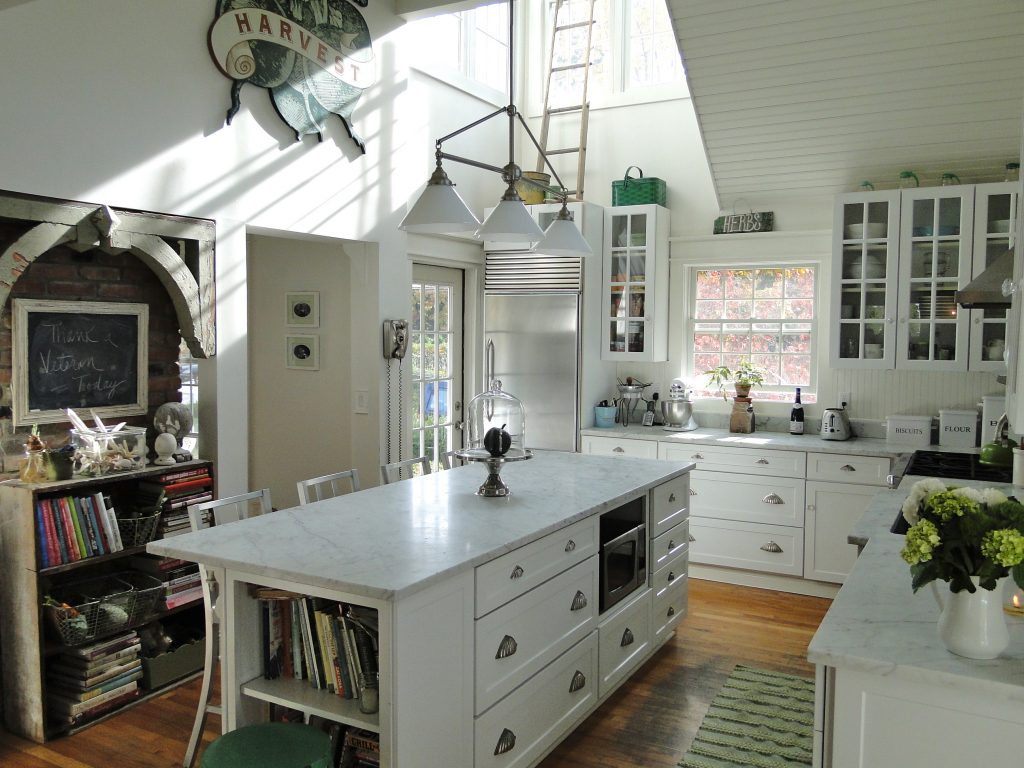
Photo via Laura Benko
Can you identify some common life challenges that physically manifest in a space? How can they be remedied?
Fear shows up a lot, and clearly. Fear of not being good enough presents itself in artwork and mirrors hung too high, making the occupant feel like they can never measure up. Use the rule of thumb that from the center of the artwork to the floor should be 60″. If your client is super tall or short, adjust accordingly. Fear of change manifests literally – in homes where nothing has been updated in eons. We’ve all seen homes like that where not even a throw or placemat has been updated in decades. The solution is to start small and consistently work towards updating and freshening up more and more in incremental steps. Fear of not having enough shows up in cluttered homes. Edit, edit. Edit and learn to let go. Fear of failure shows up in pockets and piles of procrastination – from paperwork to clothes. Get effective systems in place for dealing with everything from recyclables to mail to a place to put your keys.
A single client that wants to be in a relationship but is surrounded by nothing but single imagery (i.e. a single chair in a corner, single photographs, single imagery in artwork) should begin to pair things up and bring in symbolic images that represent your ideal relationship. In addition, a room has to be made for a potential mate. If you are living in a space that is jam packed with your things, you are not metaphorically and physically creating the space for that person to come into your life.
If you are feeling easily overwhelmed, an easy and immediate remedy is to clean off your surfaces. You’ll gain instant clarity if your immediate surface surroundings are clear.
How is your practice different than a traditional Feng Shui consultation?
I don’t prescribe Foo Dogs, red doors and lots of tchotchkes! It’s not about facing north, south, east or west either. I prefer a clean aesthetic and recommend ways to adjust the chi without adding clutter or colors you may not like. Every person is unique and their home surroundings should be too. I utilize some of the ancient principles but with a modern and personalized approach. The end result is a space that is efficient, organized, feels good, looks good, inspires and holds meaning as well as a higher vibration of energy.
You authored The Holistic Home: Feng Shui for Mind, Body, Spirit, Space, a modern take on the ancient concept of Feng Shui. What are some key elements your book covers that are particularly relevant to interior designers?
Really listening to your clients is key and many interior designers already do that. But, taking it further can be what makes the space that you’ve designed for them so much more special and meaningful. A good way to do that is by looking at the symbolism you are putting together for them. If your client has sleeping issues, don’t put pictures of crashing waves in the bedroom, go for the serene scenes. If your client reveals they have relationship struggles, make sure that their nightstands are even – these are like energetic anchors of a relationship. If they are unequal, relationship dynamics often follow that. I see it all the time, you would not believe how revealing this is! Also, ensure that you are getting full design input from both sides, not just one, so there are equal voices being represented. If you have a client who has anger issues, don’t use lots of red – which is an active, yang color that easily fosters aggression. Be bold with your clients’ dreams, not necessarily your own design visions. If your client informs you that they have aspirations of let’s say starting a cupcake business, an option can be finding a huge picture or painting of a cupcake to hang in their kitchen to be the inspiration they see daily to boost them in fulfilling their dreams! Other times, it can be more subtle, but equally powerful. If an empty nest couple wants to entertain more, choose a bigger table and even more seating than you normally would. It’s about creating the space for their dreams to unfold.
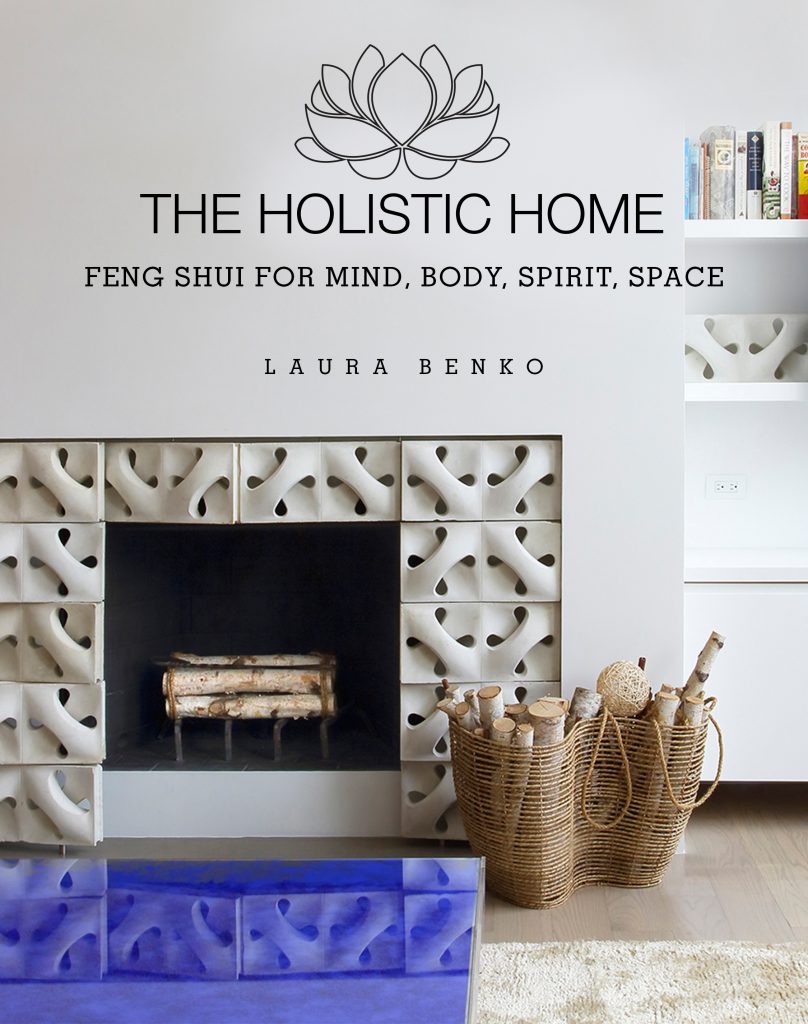
Photo via Laura Benko
In your opinion, how has the ancient concept of Feng Shui evolved over time? What’s different now compared to thousands of years ago?
Thousands of years ago, Feng Shui (which translates to wind and water) started as a way for Chinese farmers to position themselves in the most favorable way to harness the forces of nature in order to yield the most prolific crops. If you had a bountiful harvest, you would also be prosperous and healthy – and if you had those two points, you’d most likely be happy. Aligning yourself with nature still holds true today. An example of this is positioning yourself in the most beneficial way in the office or in the bedroom. You want to have your back against the wall and see the largest expanse of the room – which in ancient times was similar to positioning yourself with your back against the security and wind flow of the protection of a mountain. In modern times, this tenant taps into a primordial instinct of having an evolutionary advantage, not feeling subconsciously vulnerable or easily startled. In my practice, in over fifteen years of hundreds of consultations, I’ve learned to implement some of these reasonable principles, yet I’ve let go of the superstitious rituals that don’t logically resonate with me or my clients.
What is your best tip to offer interior designers in creating a balanced space, keeping in mind a client’s mind, body and spirit?
In my book, The Holistic Home: Feng Shui for Mind Body Spirit Space, I talk about the importance of connecting the Mind (the psychology of how we dwell, subconscious symbolism, how client issues manifest in their space) along with the Body (colors, positioning, furniture placement, organization, sustainability, health) with the Spirit (the invisible energies, the “soul” of a home, the flow of chi, the atmosphere, the Feng Shui) all together. All of these aspects are connected. For example, if you only address colors with your client, and not get into how they will be living in their home, their goals and ambitions, what makes them happy, motivated or at peace, you will only be having a superficial result at best. It may look nice, but how will it affect the occupants in the long run? Is it an environment that addresses all of their needs?
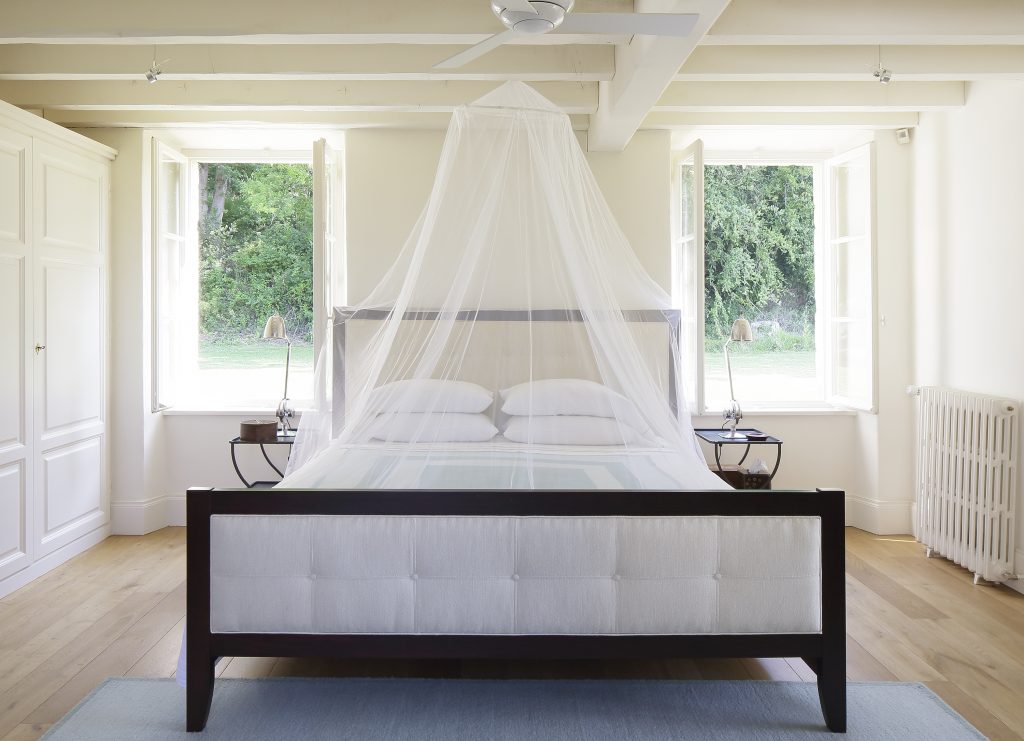
Photo by Susan Fisher Photography
This has been an exciting year for you, including the success of your book publication. What are some other projects you are particularly proud of?
I’m still guest lecturing established architects at Pratt, which I enjoy. Although at the end of my 8 hour lectures, my head is usually spinning! I’m also currently writing my second book, The Holistic Dog: Inside the Canine Mind Body Spirit Space (Skyhorse, August 2017). It’s a coffee table-style book of beautiful photography, shot by photographer Susan Fisher, of dogs in their spaces. I write about each incredible dog, delving into their mind, body or spirit in some way. There are also interviews with canine experts in the mind, body and spirit arena, so it can be a great resource for dog owners. I’m so excited about this project. Check out www.TheHolisticDogBook.com for progress updates and sneak peaks of some of the dog stars. I’m also the Founder of The Holistic Home Company, a luxury goods company that makes products for the mind, body and spirit. Our beauty division has tripled in sales growth in the last quarter alone and we recently launched a new dog division. I suppose I’m most proud of this business venture, in organically developing a lifestyle brand that encompasses books, beauty products, home goods, gifts and pets. I absolutely love both the creative and cerebral facets I juggle on a daily basis and I’m excited about all the opportunities on the horizon for my company.
It’s almost the end of 2016 – what’s your focus for 2017?
Bringing The Holistic Dog to publication, managing the growth for The Holistic Home Company and enjoying my favorite three; my husband, my daughter and my dog!
